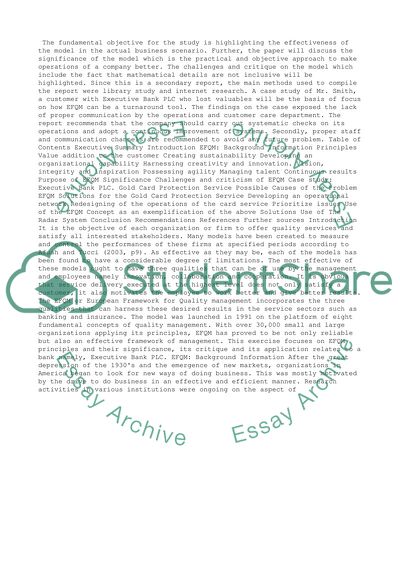Cite this document
(“Services Management - EFQM Excellence Model and Radar Logic Essay”, n.d.)
Retrieved from https://studentshare.org/management/1404418-services-management-efqm-excellence-model-and
Retrieved from https://studentshare.org/management/1404418-services-management-efqm-excellence-model-and
(Services Management - EFQM Excellence Model and Radar Logic Essay)
https://studentshare.org/management/1404418-services-management-efqm-excellence-model-and.
https://studentshare.org/management/1404418-services-management-efqm-excellence-model-and.
“Services Management - EFQM Excellence Model and Radar Logic Essay”, n.d. https://studentshare.org/management/1404418-services-management-efqm-excellence-model-and.


